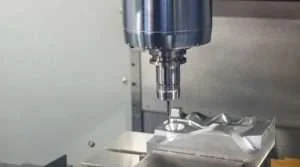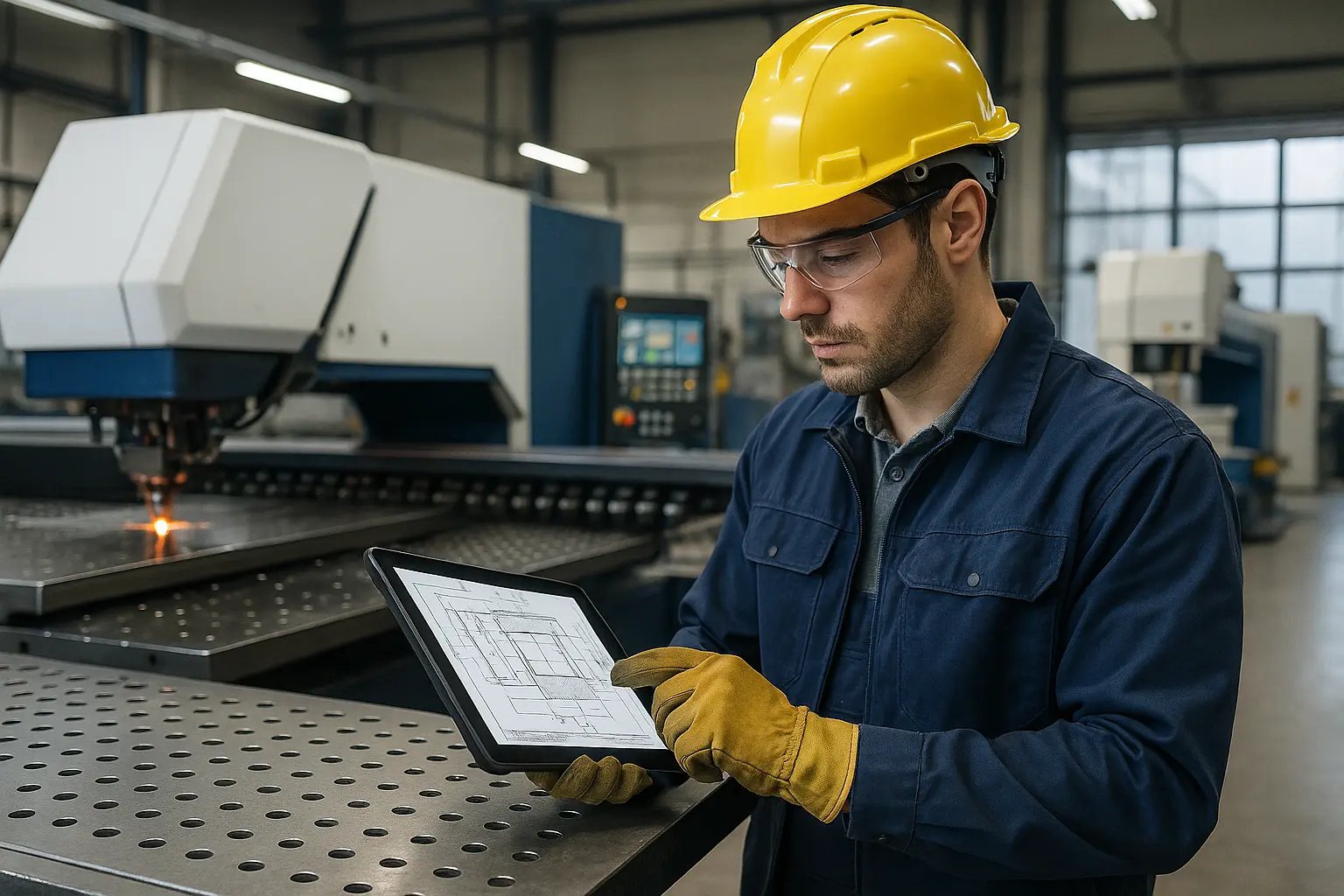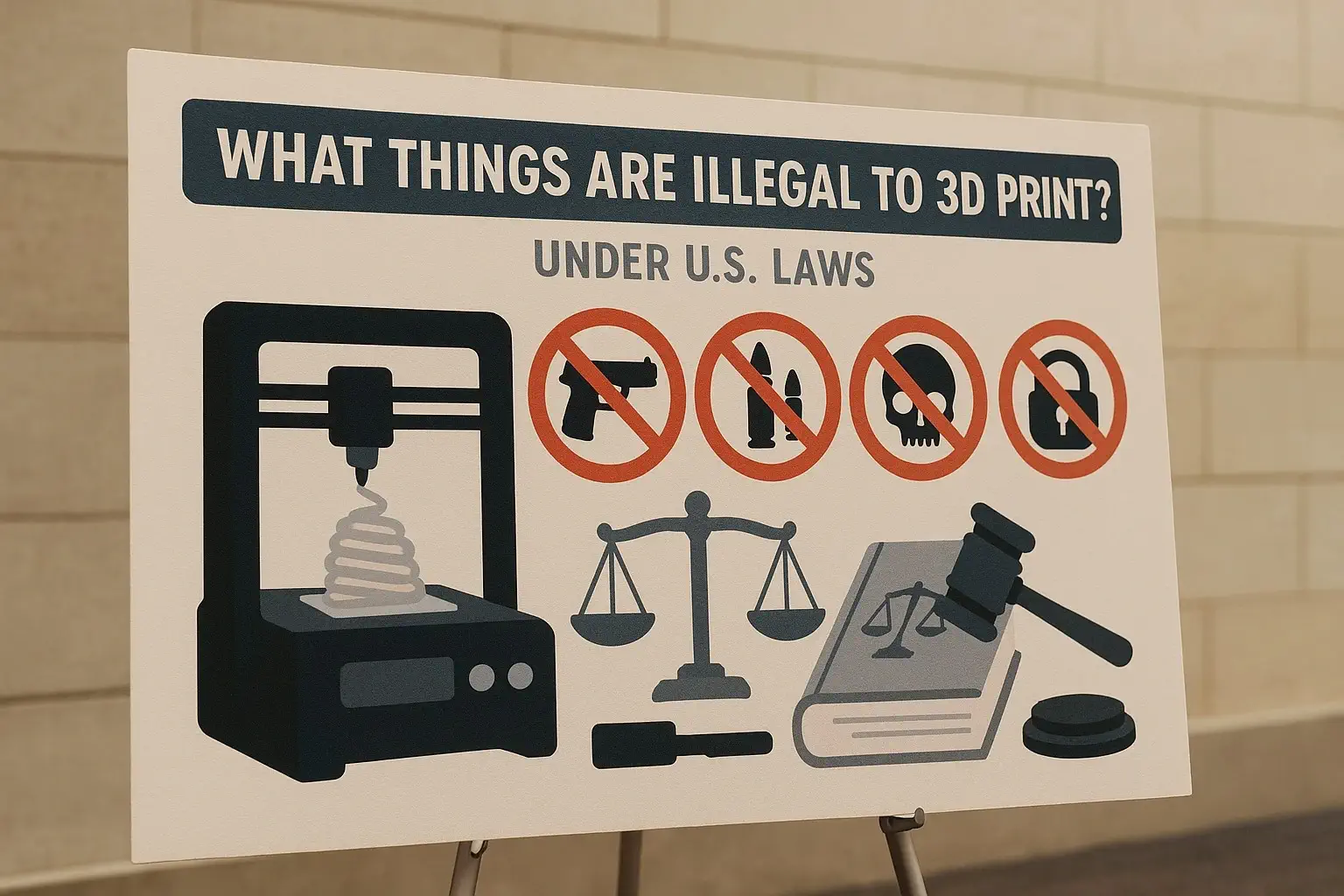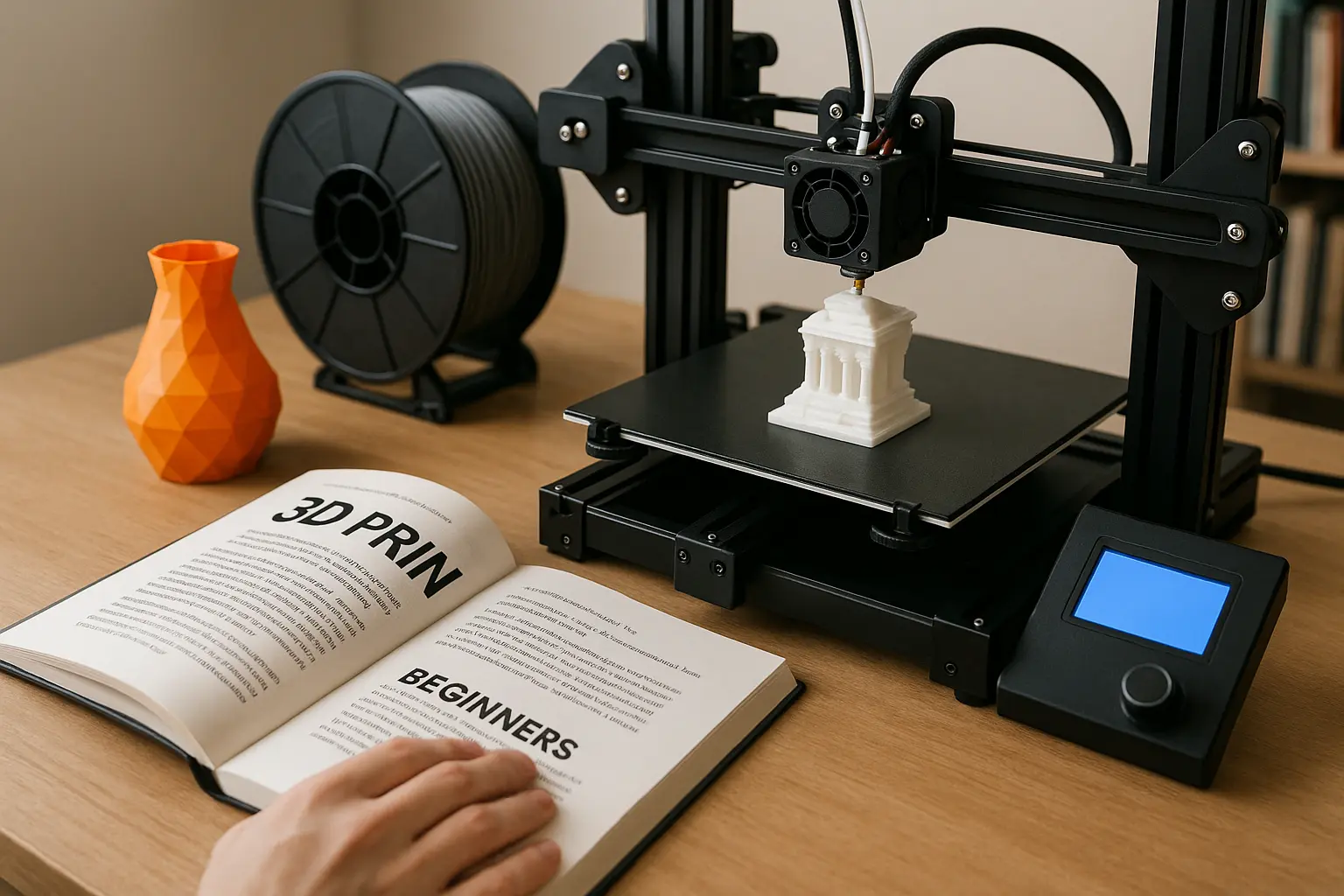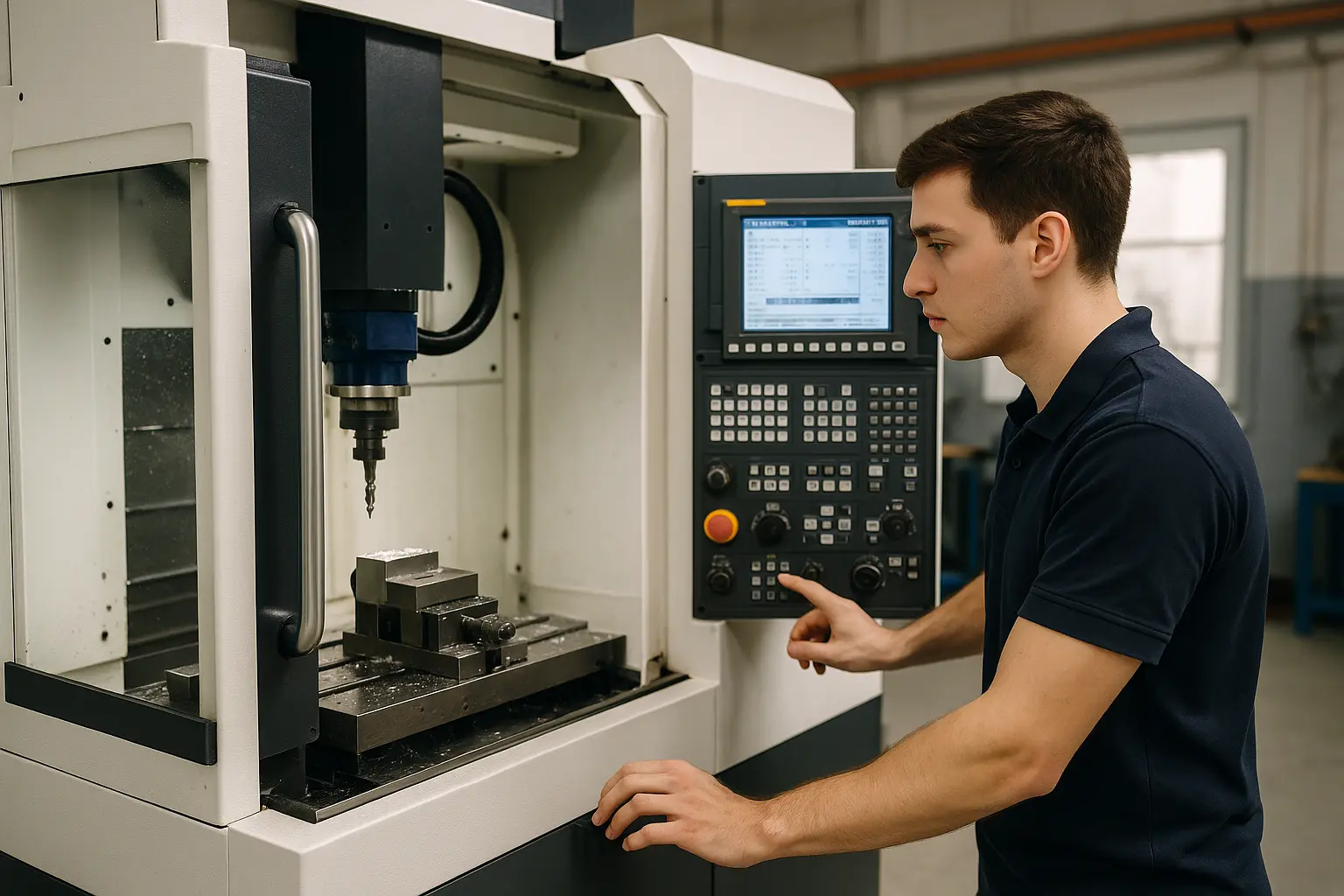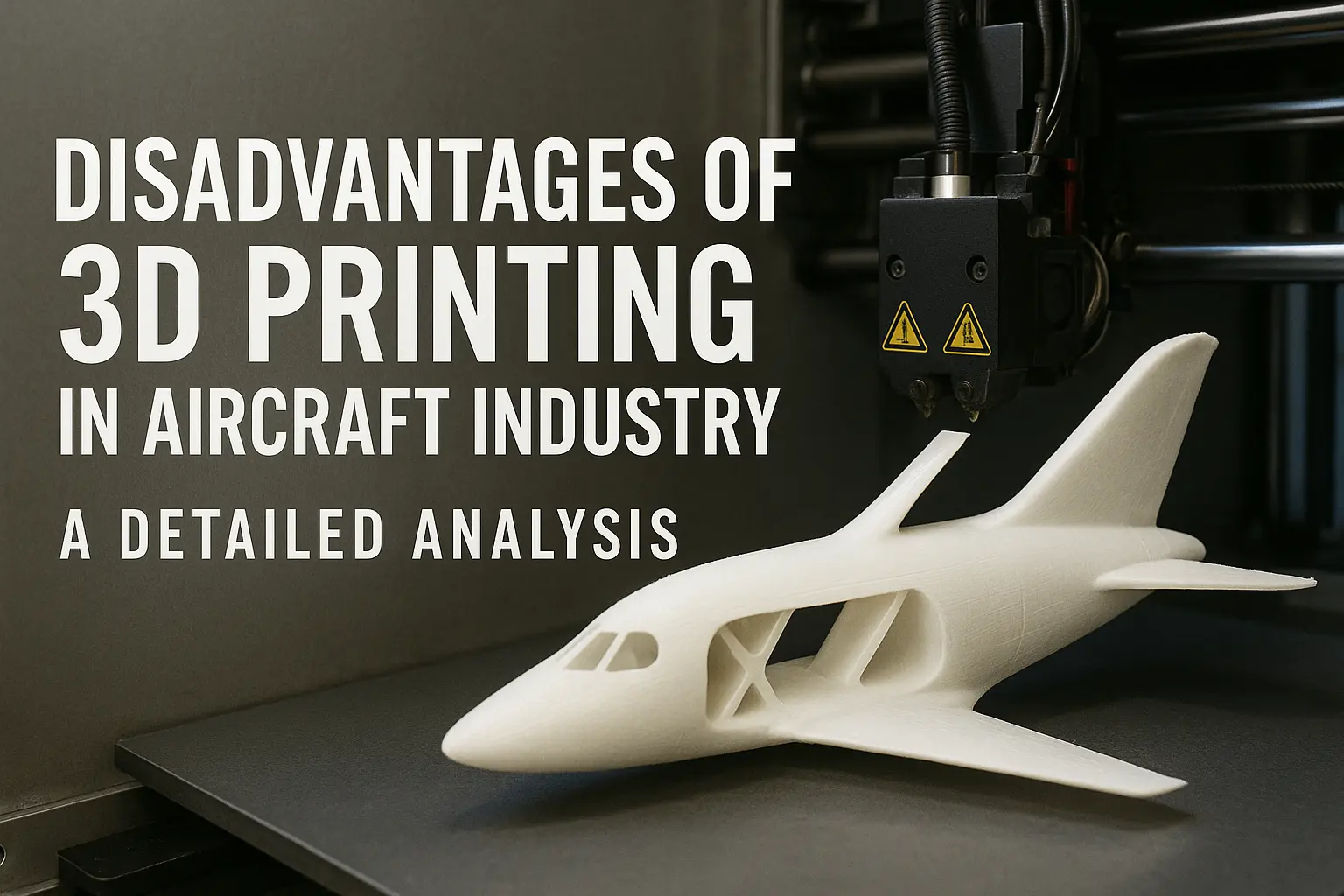CNC machine tools are short for computer numerical control machine tools, which are automated machine tools equipped with a program control system.
This control system can systematically and regularly process programs with control codes or other symbolic instructions, convert program instructions into numerical code representations, and then input the coded numbers into the numerical control device through information carriers.
After a series of operations, the numerical control device sends out various control signals, such as controlling the machine tool to process the shape and size according to the requirements of the drawing.
The Evolution of CNC Machine Tools
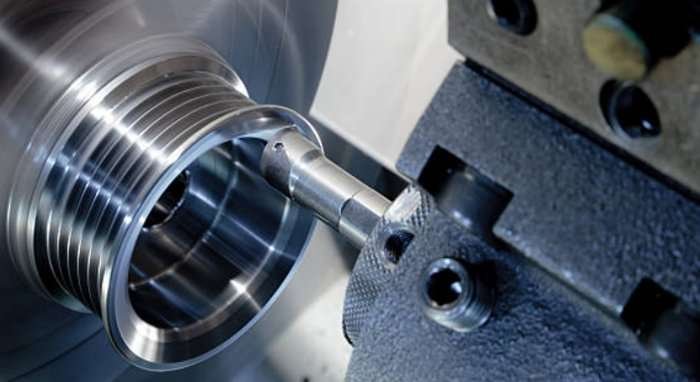
CNC machine tools didn’t just stop at being fast. Over the years, they’ve evolved into sophisticated tools that can handle complex tasks. Early CNC machining could only work on one axis at a time—think of it as drawing a straight line. Today’s machines can operate on five or more axes, creating 3D shapes with ease.
Key improvements included:
- Multi-axis capabilities: Machines can cut along multiple directions simultaneously.
- Touchscreen interfaces: Programming became as simple as using a smartphone.
- Automated tool changers: No need to stop mid-job to swap tools.
Here’s a fun analogy: If early CNC machine tools were like calculators, today’s machines are like supercomputers—they’re smart, fast, and versatile.
The Rise of CNC: Computers Change Everything
Now let’s talk about the game-changer: CNC (Computer Numerical Control). In the 1950s and 1960s, computers were becoming more accessible, and it didn’t take long for engineers to pair them with NC machines.
CNC machines swapped out punched tape for digital programming. Instead of feeding in physical instructions, operators could use computer codes to control the machines. How cool is that? G-code became the universal programming language for CNC cutting tools, telling machines exactly where to cut, drill, or mill.
CNC Machines in Everyday Life
You might think CNC machines only belong in factories, but they touch your life in more ways than you realize. From the car you drive to the phone in your pocket, CNC machine tools play a role in making everyday products.
Let’s break it down:
- Automotive industry: CNC machines produce engine parts with tolerances as tight as 0.01mm.
- Medical field: They craft surgical instruments and prosthetics with unmatched precision.
- Tech gadgets: CNC tools create the sleek aluminum frames for laptops and smartphones.
And here’s a wild stat: Nearly 80% of modern manufactured goods rely on CNC technology at some stage.
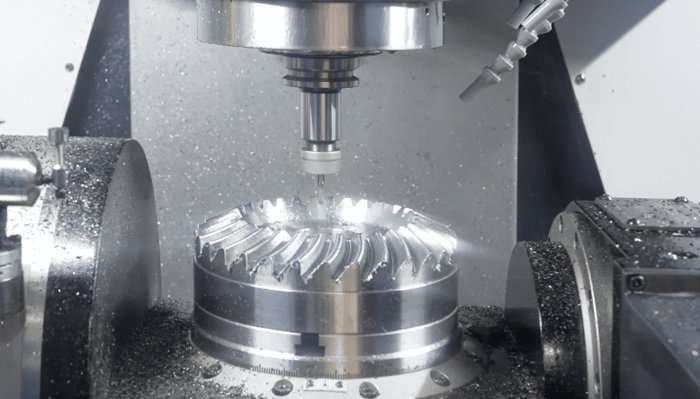
Early Beginnings: Manual Machines as Precursors
Before CNC, machining was all about manual tools. Back in the day, workers used machines like lathes and mills to cut and shape materials. These tools required constant human involvement, which meant two things:
- It was slow.
- Human error was always a factor.
During the Industrial Revolution, machines started becoming more sophisticated. The screw-cutting lathe and basic milling machines came into existence, allowing for better precision and efficiency. Still, operators had to guide these machines by hand.
By the late 19th century, some machines incorporated simple automation using cams and gears. These setups improved consistency but were far from the programmable CNC machine tools systems we know today.
Why CNC Machines Are a Manufacturer’s Best Friend
Ever wonder why manufacturers are so obsessed with CNC machines? It’s because these tools are a dream come true for anyone making stuff.
Top reasons manufacturers love CNC machines:
- Accuracy: Machines can replicate designs with micrometer precision.
- Speed: What used to take hours now takes minutes.
- Cost savings: A single CNC machine can replace up to 10 manual machines, saving on labor.
For example, a company producing 1,000 metal parts might save up to 30% in production costs by using CNC machines. Now that’s what I call efficiency!
Challenges and Innovations
Of course, no technology comes without its hiccups. CNC machines have faced their fair share of challenges. Early models were expensive, bulky, and not user-friendly. Even today, small businesses sometimes struggle with the high upfront costs.
But here’s the silver lining: Innovation never stops. New materials like carbon composites and titanium are being machined with ease, thanks to modern CNC machine tools. What’s more, AI-powered CNC machines are hitting the market, allowing tools to learn and adapt in real-time.
And guess what? 3D printing and CNC machining are starting to work hand-in-hand. Together, they’re shaping the future of manufacturing like a dynamic duo.
Advancements in CNC Technology
As time went on, CNC machines became smarter and more versatile. Early models could only perform basic operations like drilling or cutting. But today’s machines? They’re on a whole new level.
Here’s what’s changed:
- Multi-Axis Machining: Modern CNC machine tools can move in multiple directions simultaneously. This allows them to create highly intricate designs.
- Integration with CAD/CAM: Designers use CAD (Computer-Aided Design) software to create models, and CAM (Computer-Aided Manufacturing) software generates the instructions for CNC machines. This seamless integration speeds up production.
- Automation: Robots now work alongside CNC machines to load and unload materials, further boosting efficiency.
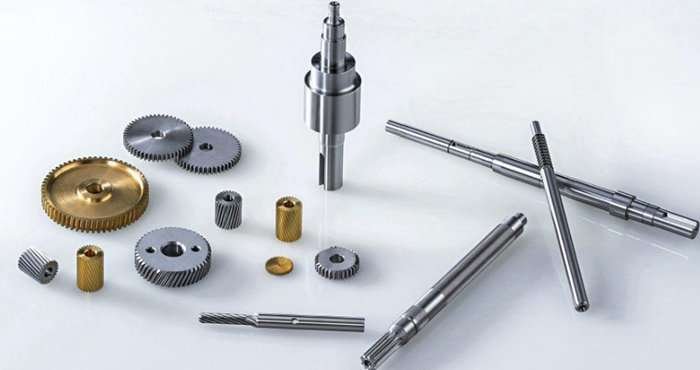
The Future of CNC Machine Tools: What’s Next?
So, where do we go from here? The future of CNC machine tools is all about smarter, faster, and more connected tools. Trends to watch include:
- Artificial Intelligence (AI): Machines that learn from data and optimize themselves.
- IoT Integration: CNC tools connected to the Internet of Things (IoT) for real-time monitoring and diagnostics.
- Sustainability: Energy-efficient machines that reduce environmental impact.
Picture a factory where every machine communicates seamlessly, predicts maintenance needs, and minimizes energy use. That’s not science fiction—it’s the next chapter in CNC’s story.
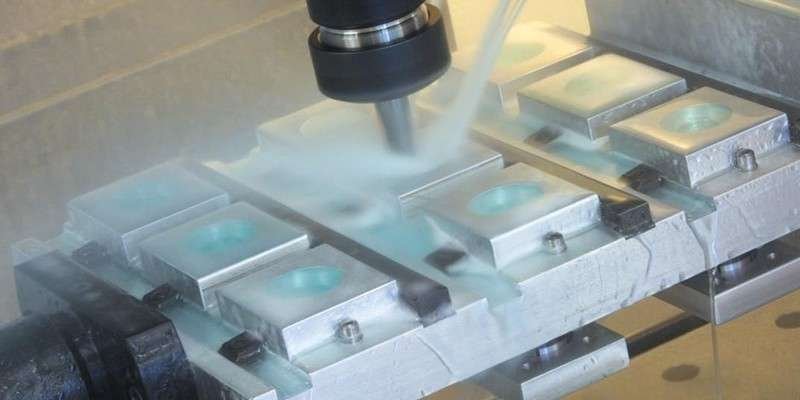
Conclusion
The journey of CNC machine tools is nothing short of extraordinary. From the early days of manual machining to the development of automated systems powered by computers, these tools have transformed industries and redefined what’s possible. They’ve made manufacturing faster, more precise, and more efficient—setting a standard for quality and consistency that’s hard to beat.
CNC machines are more than just equipment; they’re the backbone of innovation. Whether it’s building an airplane, crafting a medical implant, or producing millions of identical car parts, CNC technology is behind it all. And with advancements like AI, IoT integration, and sustainability on the horizon, the future looks even brighter.

